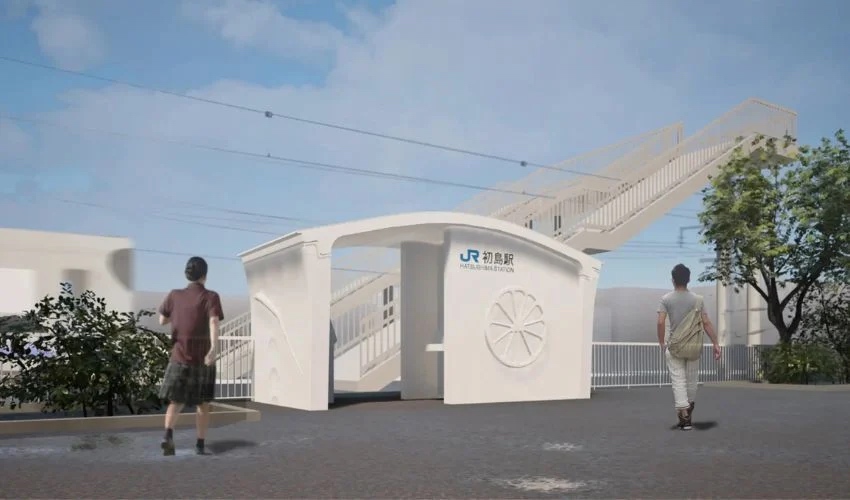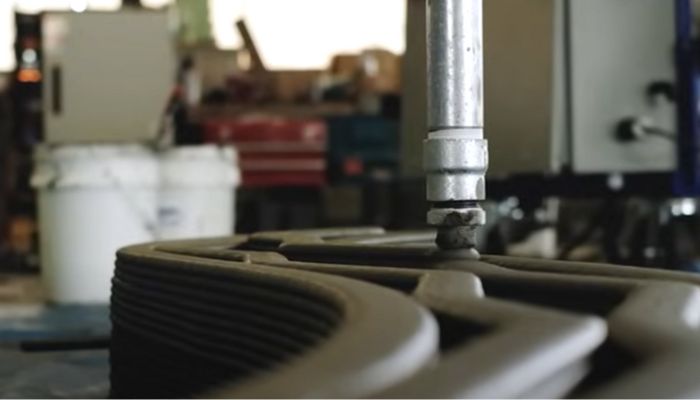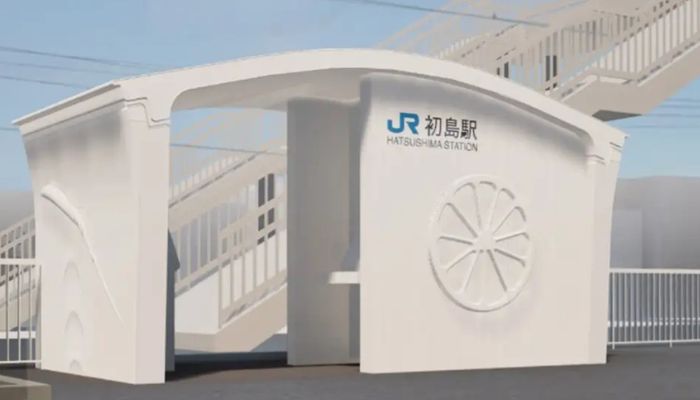The World’s First 3D Printed Train Station Is Being Made in Japan

Anyone who regularly travels by train will be familiar with the gulf between the high-tech solutions in the city and outdated commuter trains in the countryside. While train stations in the cities can be veritable technological strongholds and hubs for the latest generation of high-speed trains, in rural areas you can find yourself waiting in run-down shacks for leisurely trains from the last century. This is not only the case in areas like the United States where train infrastructure is outdated, but also in Japan, usually shown as a paragon of fast and convenient rail transportation. Away from Tokyo, the center of modernity, rural train stations are often still made of wood and are particularly prone to decay. In order to renovate these outdated stations, West Japan Railway Co (JR West), one of the major companies running the nation’s famous bullet trains, is now turning to 3D printing and has announced plans for the first 3D printed train station.
This first 3D-printed station is intended to replace the existing wooden structure of Hatsushimo station on the Kisei-Arita line in Wakayama Prefecture. The new single-storey building will measure 2.6 x 6.3 x 2.1 m and cover around 10 square meters. It will be printed from reinforced concrete by Serendix, a company specializing in the 3D printing of affordable houses. The Osaka-based company combines Japanese expertise in the construction of earthquake-proof buildings with modern construction technology and produces new buildings using robotic extrusion.

Serendix prints new buildings using concrete extrusion (photo credits: TMA / Serendix)
The individual parts of the 3D-printed station building will first be manufactured and then assembled into a complete building on site using a crane. This will take place at record speed, as according to JR West, the construction will only take six hours and will take place on the night of March 25 – between the last evening train and the first in the morning.
In this project, 3D printing is not only proving to be a fast process, but also a more cost-effective manufacturing technique. Fewer skilled workers are needed, allowing JR West to overcome obstacles related to labor shortages. In addition, 3D printing allows more design freedom and offers a solution to a proven problem in concrete construction.
Concrete buildings are usually built with formwork. This means that frames made of wooden or metal beams are required, into which the concrete is poured and shaped. Complex geometries can hardly be realized in this way and so it usually remains with the tried and tested rectangle. But not with 3D printing! In the additive production of buildings, elegant curves and complicated designs are also possible, allowing more design freedom and creativity.
This was also a goal of JR West, which wanted to give the 3D-printed station building a local touch. The concrete relief also features two regional specialties, namely images of mandarins and Tchiuo fish, which reflect specialities of the region.

The relief pays homage to the local culture (photo credits: PR Times)
The aim of the project is to test the cost-effectiveness of construction and maintenance. The 3D printed train station building should be extremely durable and corrosion-resistant. This now needs to be established before the pilot project is transferred to other stations. In addition, JR West’s move towards 3D printing also aims to increase sustainability in railroad infrastructure and pave the way for safe and environmentally friendly transportation. Find out more (in Japanese) HERE.
What do you think of this 3D printed train station? Let us know in a comment below or on our LinkedIn, Facebook, and Twitter pages! Don’t forget to sign up for our free weekly Newsletter here, the latest 3D printing news straight to your inbox! You can also find all our videos on our YouTube channel. If you are interested in more news on the automotive and transport sector, you can find it HERE.
*Cover Photo Credits: PR Times







